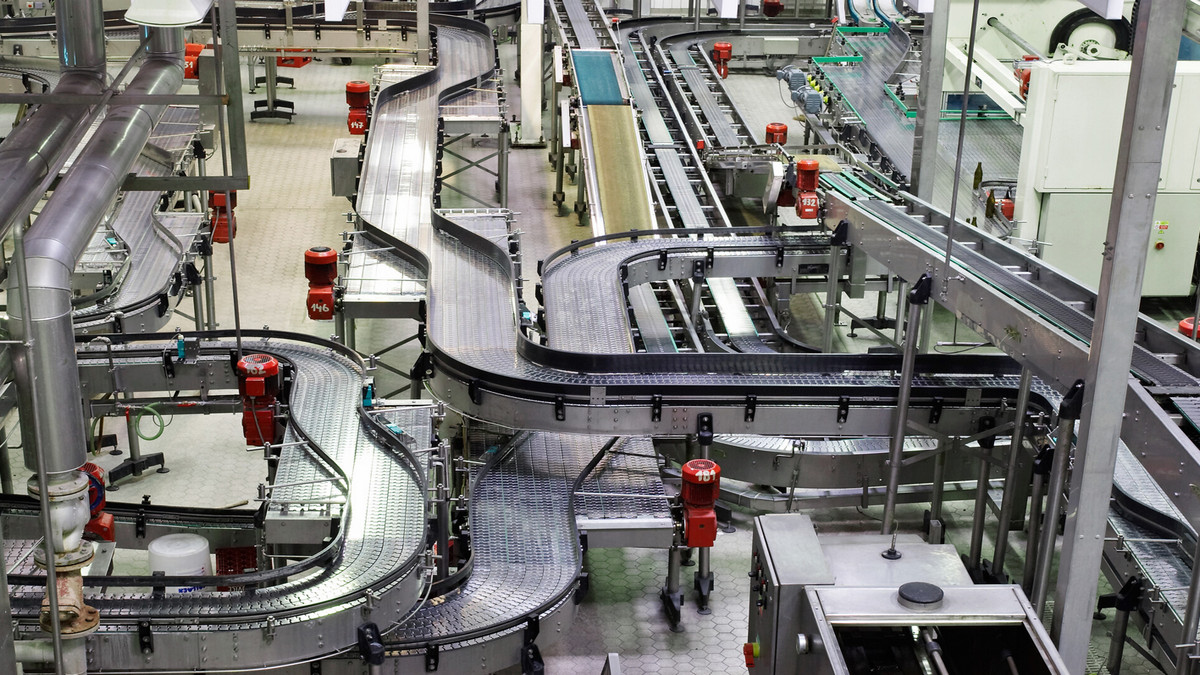Industry 4.0 has become an important application for factories to improve production efficiency. Remote Control Management (RCM) is a solution that smart factories need to consider importing. Remote centralized control, no open API, installation of software occupying machine system resources, etc., can be effectively solved through RCM to achieve manufacturing intelligence.
Industry 4.0 has become an important application for factories to improve production efficiency. The industry 4.0 cannot be achieved overnight and must be introduced in stages. Introduce machine connection and real-time monitoring of production information, big data analysis and preventive maintenance, optimize production process and improve quality efficiency, and finally extend service and business model innovation.
For example, Remote Control Management (RCM) is a solution that smart factories need to consider importing. The current factory area is quite large, and some areas, such as clean rooms, are inconvenient to enter and exit, which leads to longer troubleshooting time. Remote centralized control, no open API, installation of software occupying machine system resources, etc., can be effectively solved through RCM.
Through RCM, personnel do not need to frequently enter the factory area, and can still solve problems in real time. As long as they browse the split screen, they can handle more machines with the least number of people, saving more time, and it is easy to integrate and develop, and can be customized. It can also increase the man-machine ratio and increase the utilization rate of equipment.
Just like in a remote factory, young technicians are repairing the machine, and the wiring in the machine is extremely complicated. Is there any way for this young technician to take on the big responsibility alone and complete the task of repairing the machine? When it has not been affected by the epidemic before, it may be possible to ask an experienced technician to do it by hand, but what if the failure of the machine comes temporarily and the senior technician cannot come along with the call?
Today's young technicians have an extra tool. The AR glasses worn on the face have a visual interface that synchronously displays each step of the maintenance process. If you are not sure, just follow the interface instructions and act step by step.
Even if there is a situation inside the machine that is not included in the standard process, immediately ask for support through the microphone on the AR glasses, and the senior technicians of the head office immediately go online when they hear the help, and even support multiple people at the same time. Through the first-view screen of the young technician's AR glasses, the senior technician can judge on the remote computer screen that the line is in poor contact.
People who hear this scenario for the first time might think it's fiction, but it's actually happening. In recent years, the metaverse issue has become popular, and AR, VR, XR and other virtual and real integration technologies have once again become the focus of the industry. These technologies have been in the field of smart manufacturing for some time, but the early software and hardware technologies are not in place, and the operation mode has not yet been established. In the exploration, so there are not many market importers.
AR Soft and Hard Technologies are in Place, and There is A New Solution to the Problem of Talent Gap
In the past two years, 5G has begun to commercialize, AI algorithms have been gradually improved, processor efficiency has become higher and higher, and manufacturing has become more and more aware of the concept of intelligence, which has given the best fertile ground for the development of virtual-real integration technology. Several technologies are beginning to flourish, and AR is one of the most promising technologies for manufacturing. Since this technology can be integrated with the field environment, the extended applications are also more grounded.
For example, through the quantification of equipment data, the professional experience accumulated by the old masters and senior technicians over the years will be easier to pass on, and the future equipment inspection and maintenance work can be more accurate, thus solving the current professional fault and talent training caused by the low birthrate.
Two Key Reasons for AR Technology Landing Challenges
Even if the technology is mature and the benefits are clear, it is still not easy for the existing AR architecture in the market to be practical.
The first reason is that the initial construction cost is still high, and the hardware and software costs of AR systems are still high, so it is difficult for the industry to make up their minds to invest in high-cost introductions.
The second reason is that the pre-preparation period of the system is too long and the procedures are too complicated. The operation mode of the AR system is to identify the environment through visual sensors, and then display the information of specific objects on the screen. Therefore, the first step of system construction is to mark the object.
The current object marking method is to use the AGV unmanned vehicle in the factory or let the staff wear AR glasses to scan the environment, and then mark it point by point at the back end of the system. This method is suitable for the manufacturing field where the environment remains unchanged for a long time, but a small amount with variety is the current mainstream. The production line and the surrounding environment change very quickly, and the maintenance cost is too high. Every time the AR system is changed, it will be re-marked, which will bring additional work burden, which is not the original intention of manufacturing intelligence!




.jpg)









